Barbegal Aqueduct and Mills
Explore the Barbegal Aqueduct and Mills, a monumental Roman industrial complex showcasing advanced hydraulic engineering and mass flour production.
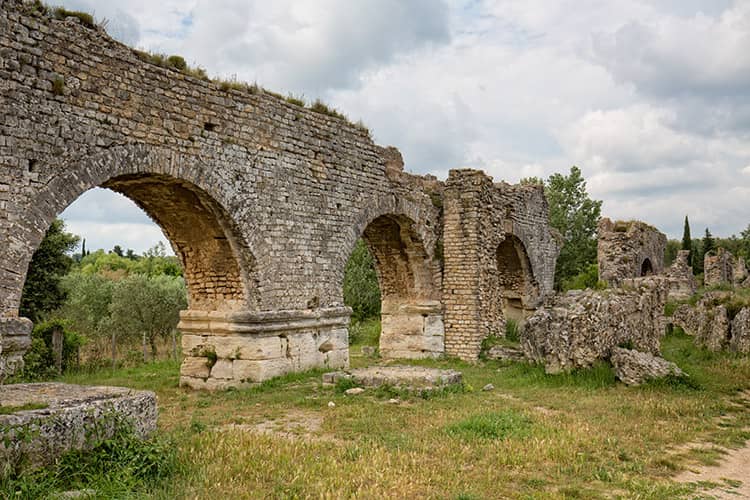
Highlights
Must-see attractions
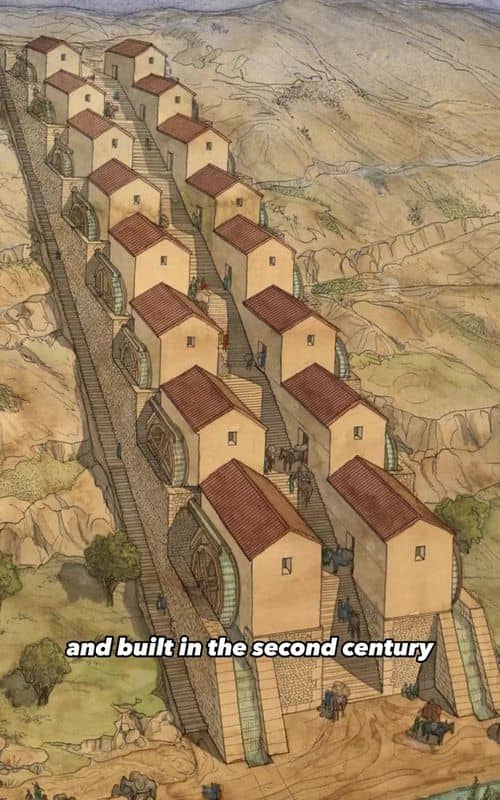
Social
From TikTok & Reddit
Best Time
Pleasant weather, fewer crowds
Barbegal Aqueduct and Mills
Best Time
Pleasant weather, fewer crowds

Highlights
Must-see attractions
Explore the Barbegal Aqueduct and Mills, a monumental Roman industrial complex showcasing advanced hydraulic engineering and mass flour production.
"A remarkable testament to Roman engineering, Barbegal offers a fascinating glimpse into ancient industrial might."
👟 Wear Sturdy Shoes
The terrain is uneven and can be slippery. Comfortable, closed-toe shoes are a must for exploring the ruins safely.
💧 Bring Water
Especially during warmer months, stay hydrated as there are limited facilities on-site.
Highlights
Discover the most iconic attractions and experiences

The Mill Complex
Main site of the ruins
Witness the impressive scale of the Roman water-powered flour mills, a true feat of ancient engineering.

Aqueduct Channels
Surrounding the mill site
Trace the path of the aqueducts that supplied water to the massive milling operation.
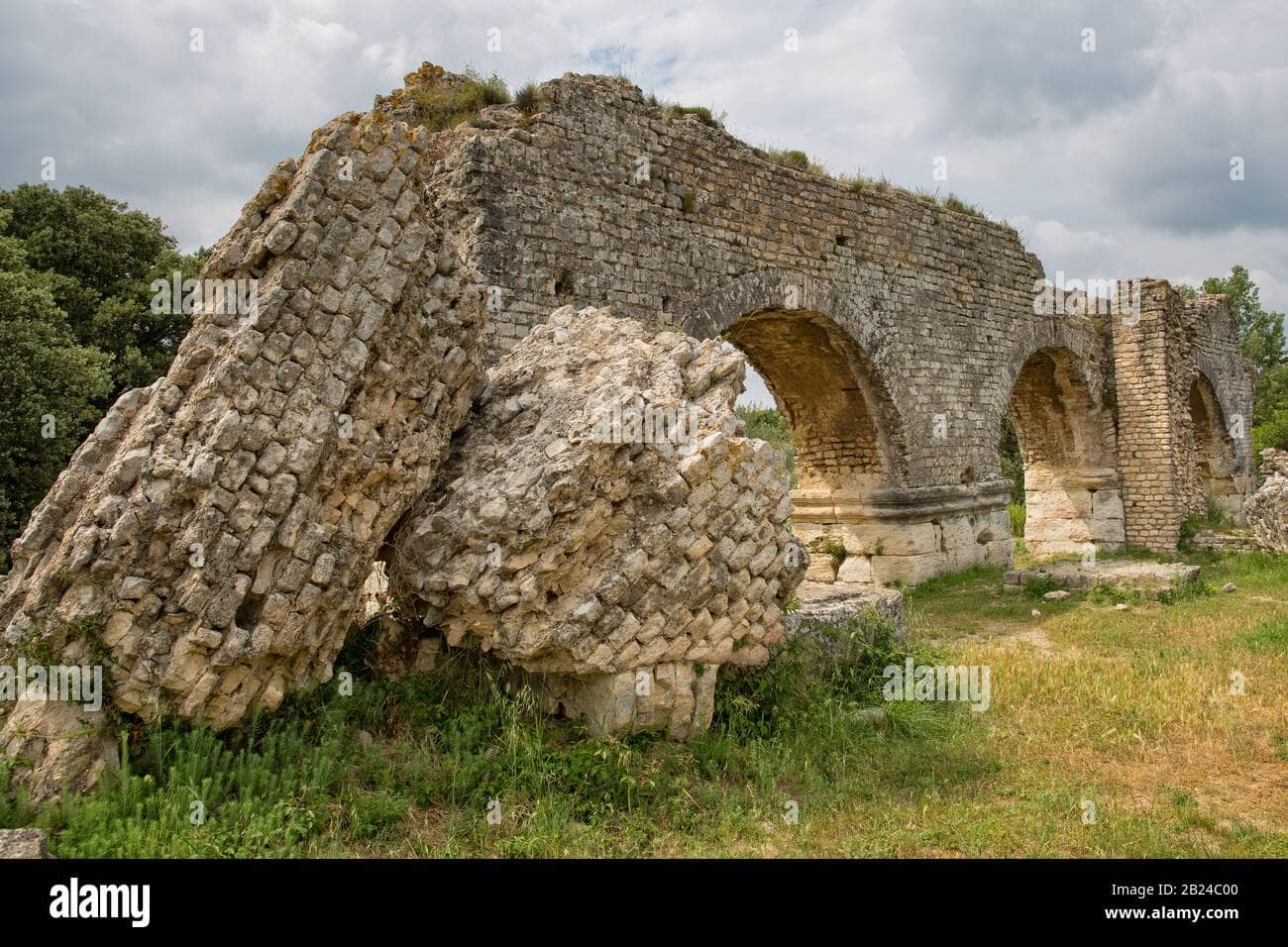
Panoramic Views
Overlooking the ruins
Enjoy breathtaking views of the ancient site and the surrounding Provençal landscape.
Plans like a pro.
Thinks like you
Planning Your Visit
Ancient Engineering Marvel
Location and Accessibility
Best Times
Insider Tips
from TikTok, Instagram & Reddit
👟 Wear Sturdy Shoes
The terrain is uneven and can be slippery. Comfortable, closed-toe shoes are a must for exploring the ruins safely.
💧 Bring Water
Especially during warmer months, stay hydrated as there are limited facilities on-site.
🗺️ Use a Map
While signage is present, having a map or guide can enhance your understanding of the complex.
⏳ Allow Ample Time
Don't rush your visit. Take your time to absorb the history and scale of this ancient marvel.
Tips
from all over the internet
👟 Wear Sturdy Shoes
The terrain is uneven and can be slippery. Comfortable, closed-toe shoes are a must for exploring the ruins safely.
💧 Bring Water
Especially during warmer months, stay hydrated as there are limited facilities on-site.
🗺️ Use a Map
While signage is present, having a map or guide can enhance your understanding of the complex.
⏳ Allow Ample Time
Don't rush your visit. Take your time to absorb the history and scale of this ancient marvel.
What Travellers Say
Reviews Summary
Visitors are consistently impressed by the sheer scale and engineering prowess of the Barbegal Aqueduct and Mills, recognizing it as a significant historical site. While the ruins are impressive, some find the site lacks extensive interpretation or amenities, making prior research beneficial for a fuller understanding.
What People Like
What People Dislike
Frequently Asked Questions
🚇 🗺️ Getting There
The Barbegal Aqueduct and Mills are located near Arles in the South of France. The easiest way to reach them is by car, as they are situated in a rural area. Parking is available nearby. Public transport options are limited, so check local bus schedules if you are relying on them.
Yes, Barbegal is relatively close to Arles. It's a short drive, making it a feasible half-day trip from the city. Consider combining your visit with other historical sites in the Arles region.
Exploring the Barbegal site is best done on foot. Wear comfortable walking shoes as the terrain can be uneven. Allow at least an hour to wander through the ruins and appreciate the scale of the ancient mills.
🎫 🎫 Tickets & Entry
Entry to the Barbegal Aqueduct and Mills site is generally free. It is an open archaeological site. However, it's always a good idea to check for any potential changes in access or if guided tours require booking.
As an open archaeological site, Barbegal does not have strict opening hours like a museum. You can typically visit during daylight hours. However, it's advisable to check local information for any seasonal restrictions or access advisories.
No, there is typically no entrance fee to visit the Barbegal Aqueduct and Mills. It's a historical site that can be explored freely.
🎫 🧭 Onsite Experience
At Barbegal, you can see the impressive remains of one of the largest Roman industrial complexes. This includes the foundations of sixteen water wheels arranged in two parallel rows, the aqueduct channels that powered them, and remnants of the mill buildings. It's a fascinating look at Roman engineering.
While children can visit, the site's uneven terrain and historical nature might be more engaging for older children or those with an interest in history. Ensure they wear appropriate footwear and are supervised.
Facilities at the Barbegal site are very limited. It's a historical ruin in a rural setting, so don't expect amenities like restrooms or cafes. It's best to use facilities in Arles before you visit.
Barbegal was a massive flour-milling complex built in the 2nd century AD. It's considered one of the earliest and largest industrial installations of the Roman Empire, demonstrating advanced hydraulic engineering and mass production capabilities.
📸 📸 Photography
The best photo opportunities are from various vantage points overlooking the entire mill complex, capturing the scale of the ruins and the aqueduct channels. Look for elevated spots that offer a wider perspective.
Yes, photography is generally allowed at the Barbegal Aqueduct and Mills. It's a great place to capture historical ruins and impressive ancient engineering.
For Different Travelers
Tailored advice for your travel style
👨👩👧 Families with Kids
🏛️ History Buffs
Deep Dives
In-depth insights and expert knowledge
Roman Hydraulic Engineering at Barbegal
The aqueduct system was crucial to the mills' operation. Water was channeled from a nearby source, likely the Alpilhes river, and directed to the site. The steep gradient of the terrain was exploited to create a powerful flow, driving the water wheels with considerable force. This gravity-fed system minimized the need for complex machinery, relying instead on the natural landscape. The careful planning and construction of both the aqueduct and the mill structures demonstrate a sophisticated approach to industrial design that was centuries ahead of its time.
Visiting Barbegal offers a tangible connection to this ancient industrial past. While the ruins are extensive, they provide a clear blueprint of the complex's layout and function. Imagining the constant hum of the water wheels and the sheer volume of flour being produced offers a profound appreciation for the scale of Roman enterprise. It's a site that truly brings history to life, showcasing how ancient civilizations harnessed natural resources for large-scale production.
Exploring the Barbegal Ruins
Beyond the mill structures themselves, the remnants of the aqueduct are equally compelling. You can trace the channels that carried water to the site, marveling at the engineering required to transport and control such a vital resource. The terrain around the mills is rugged and uneven, so wearing sturdy footwear is essential for a comfortable and safe exploration. Take your time to walk around the different sections, imagining the bustling activity that once characterized this ancient industrial hub.
While the site is largely unadorned, its historical significance speaks volumes. It's a place where you can truly connect with the past, visualizing the advanced technology and organized labor that powered the Roman Empire. The surrounding landscape also offers beautiful views, making it a rewarding visit for history buffs and nature lovers alike.
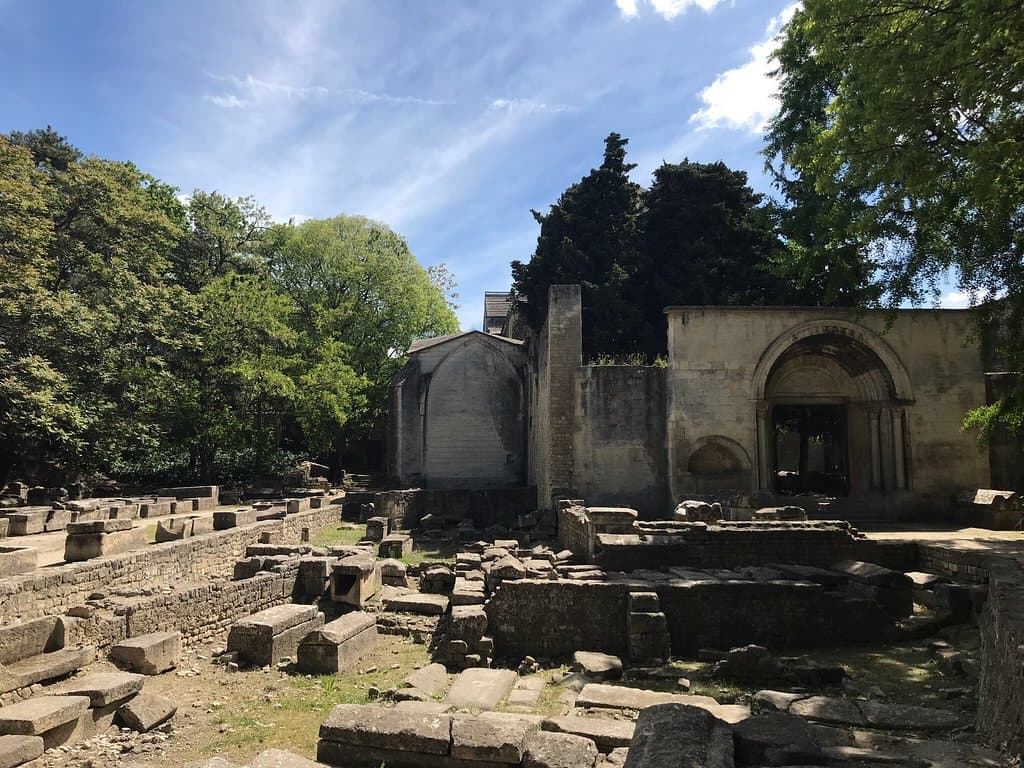
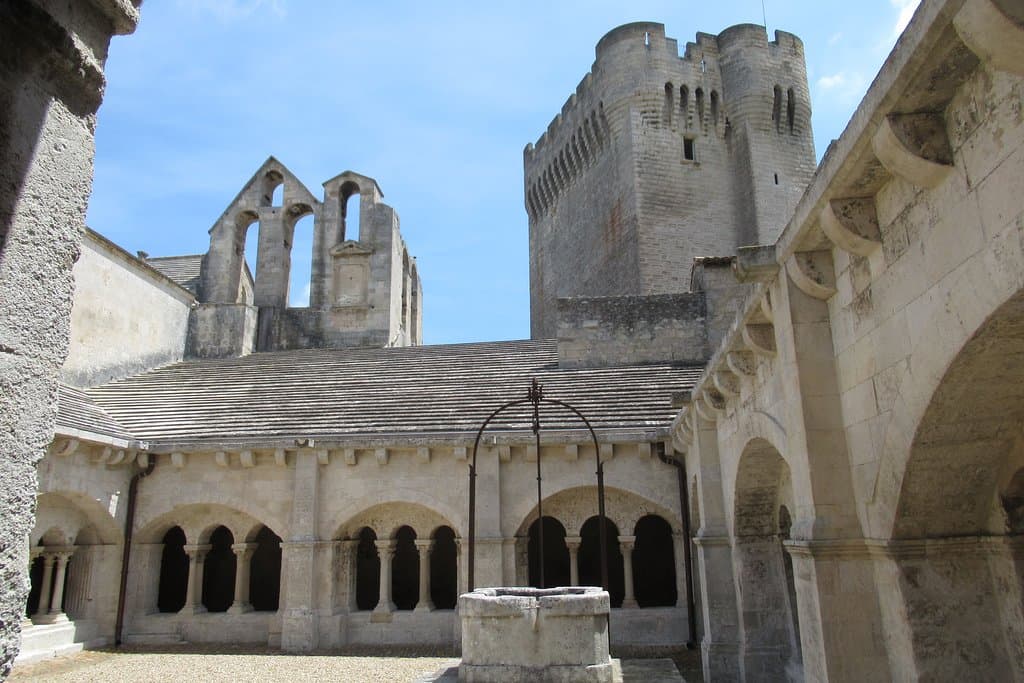



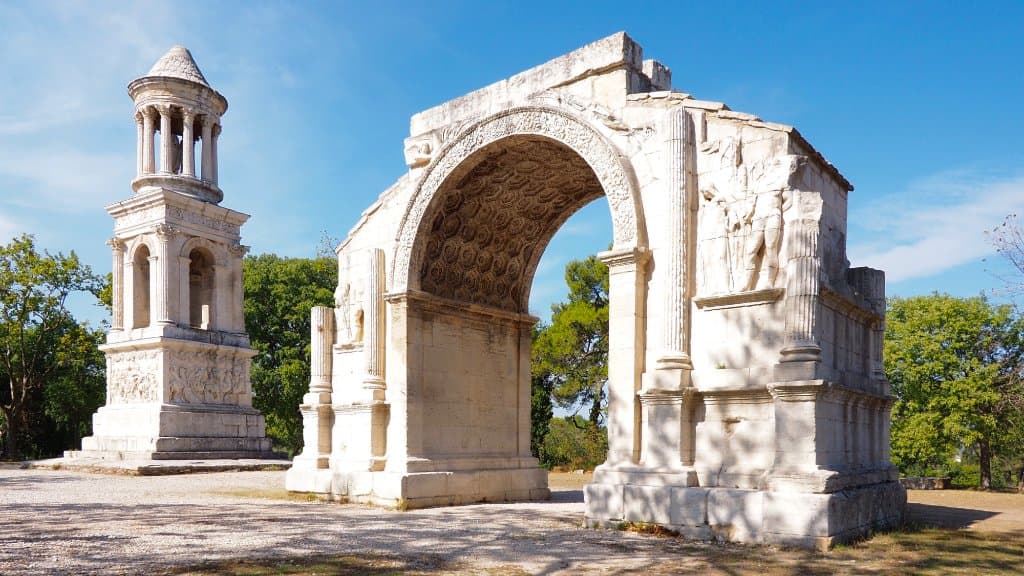
Social
from TikTok, Instagram & Reddit